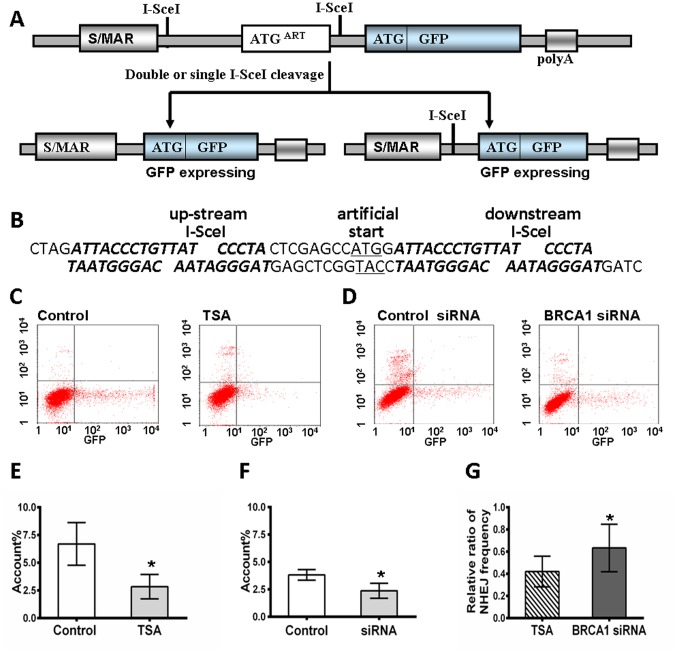Figure 4. BRCA1 is required for overall NHEJ repair.
A, Diagram of the construction of NHEJ substrate pEPI-NHEJ. An associated artificial open reading frame [ORF] is dominant over the downstream GFP start site. Reconstituted translation of corrective ORF will express GFP luciferase. Both precise and error-prone rejoining, as well as deletion during NHEJ, were detected. B, The insertion with a double-stranded sequence flanking both I-SceI recognition sites [bold and inclined]. C, Overall I-SceI-induced DSB end-rejoining efficiency in RGC5/pEPI-NHEJ with or without TSA supplementation, as measured by flow cytometry. D, Overall I-SceI-induced DSB end-rejoining efficiency in RGC5/pEPI-NHEJ with or without BRCA1 down-regulation by siRNA, as measured by flow cytometry. E, Significant difference in the repair efficiency with TSA versus the control treatment is represented as a histogram [p<0.01]. F, Significant difference in the repair efficiency between BRCA1 siRNA versus control siRNA is represented in a histogram [p<0.05]. G, Comparison of the ratio [TSA treatment/control, BRCA1 siRNA/control siRNA] of the overall NHEJ frequency is represented in histogram. TSA treatment induces significant reduction of overall NHEJ in RGC5 cells, compared to BRCA1 siRNA. All results were confirmed by three independent experiments. Error bars represent the standard deviation of the mean [n = 3]. Asterisks indicate statistically significant differences between the control and test cells [*P<0.05].

